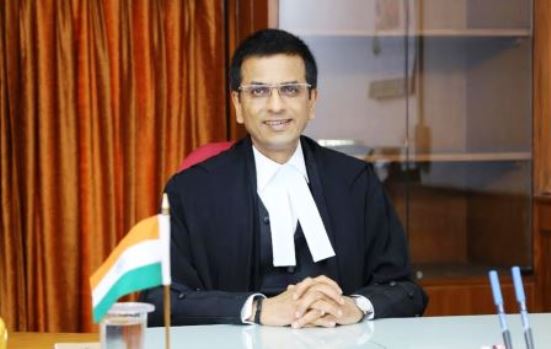LI Network
Published on: January 3, 2024 at 11:00 IST
Recently, Chief Justice DY Chandrachud addressed concerns regarding the allocation of politically sensitive cases in an interview, asserting that the Supreme Court has a structured process for case assignment.
Dismissing claims that case allocation is influenced by lawyers, he emphasized the need to trust the decision-making process to uphold the Supreme Court’s credibility.
Senior Advocate Dushyant Dave and Advocate Prashant Bhushan had raised objections about the allocation of politically sensitive cases to specific benches, deviating from established norms.
In response, the Chief Justice defended the Court’s allocation process, outlining key points:
Roster: Cases are assigned to judges based on a roster available on the Supreme Court’s website, categorized by subject matter.
Judge Autonomy: Every judge has the authority to handle cases as per the roster assigned by the Chief Justice.
Lawyer Influence: CJI stressed that lawyers cannot dictate which judge handles a case, as it could compromise the impartiality of justice administration.
Reassignment: Cases may be reassigned if a judge recuses or is unavailable, following the roster’s guidelines.
Additionally, concerns were raised by Prashant Bhushan and Dushyant Dave regarding specific cases’ reassignment among different benches despite initial listings. They highlighted instances where cases were moved from one bench to another, contrary to the original listing.
Similarly, Senior Advocate Dr. A.M. Singhvi questioned the change in bench composition for hearing former Delhi Health Minister Satyendra Jain’s Bail Application.
In response, CJI Chandrachud clarified that such changes were due to valid reasons, such as a judge’s medical absence and instructions to keep certain matters “de-part heard.”
The Chief Justice expressed surprise at allegations questioning the selection of judges for particular cases, emphasizing the legitimate reasons behind bench changes. He defended the Court’s decisions, reaffirming the commitment to uphold transparency and fairness in the allocation of cases.

